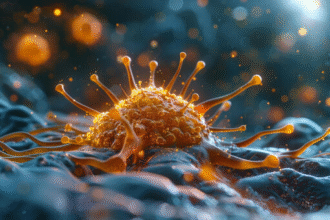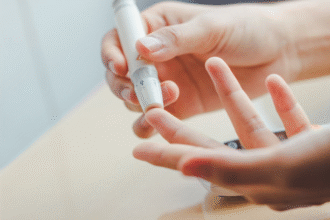Japanese Encephalitis (JE)
Japanese encephalitis is a mosquito‑borne viral infection caused by Japanese encephalitis virus (JEV), a flavivirus. It’s endemic in much of Asia and parts of the Western Pacific, with seasonal peaks (often summer–autumn). Most infections are asymptomatic; a small fraction progress to severe encephalitis.
Transmission and Risk
- Vector: primarily Culex mosquitoes, which breed in rice paddies and standing water.
- Hosts: pigs and wading birds amplify the virus; humans are dead‑end hosts (no person‑to‑person transmission).
- Seasonality: peaks vary by climate; in temperate areas, summer–autumn; in tropical areas, post‑monsoon.
- Higher risk: children in endemic areas, unvaccinated travelers, people living near pig farms or rice fields.
- Incubation: typically 5–15 days (range ~4–21 days).
Signs and Symptoms
- Prodrome: sudden high fever, headache, malaise, nausea/vomiting.
- Encephalitic phase: altered mental status (confusion → coma), seizures (common in children), focal neurologic deficits; movement disorders and extrapyramidal signs (e.g., parkinsonism, dystonia) can occur.
- Meningeal signs may be present; severe cases develop cerebral edema and respiratory failure.
Diagnosis
- Clinical suspicion in a compatible epidemiologic setting (endemic area, season, mosquito exposure) with acute encephalitis.
- CSF: lymphocytic pleocytosis, normal glucose, normal to mildly elevated protein.
- Confirmatory testing: JEV‑specific IgM capture ELISA (MAC‑ELISA) in CSF and/or serum; PCR/NAAT is most useful early and is less sensitive later.
- Neuroimaging: MRI may show thalamic, basal ganglia, brainstem, or cerebellar involvement.
- Rule out other treatable causes (HSV, bacterial meningitis, malaria in travelers, etc.) and manage empirically until excluded.
Treatment (Supportive — No Proven Antiviral)
- ICU‑level supportive care for moderate/severe disease.
- Airway/ventilation support as needed; control seizures (benzodiazepines → second‑line agents).
- Manage raised intracranial pressure (head‑of‑bed elevation, careful fluids; consider hyperosmolar therapy with specialist input).
- Antipyretics/analgesia, fluid and electrolyte management, nutrition.
- Corticosteroids and antivirals have not shown clear benefit and are not routine.
Prognosis and Sequelae
- Case‑fatality among encephalitis cases can be 10–30% (varies by setting).
- Of survivors, 30–50% may have long‑term neurologic or psychiatric sequelae (e.g., cognitive impairment, motor deficits, seizures, behavior changes).
Prevention
- Vaccination: highly effective and recommended for residents of endemic areas and travelers with risk (e.g., extended stays, rural exposure). Common vaccines include inactivated Vero cell vaccines and live‑attenuated SA14‑14‑2; schedules vary by product and region.
- Mosquito bite prevention: use EPA‑registered repellents (DEET, picaridin, IR3535), wear long sleeves/pants, use permethrin‑treated clothing/gear, sleep under insecticide‑treated nets, and improve screens/AC.
- Environmental control: reduce standing water; community vector control where available.
Red Flags — Seek Urgent Care
- High fever with severe headache and neck stiffness, seizures, confusion/coma, new weakness, breathing difficulty.
Educational information only; for suspected JE, urgent hospital care and public health notification are warranted.







